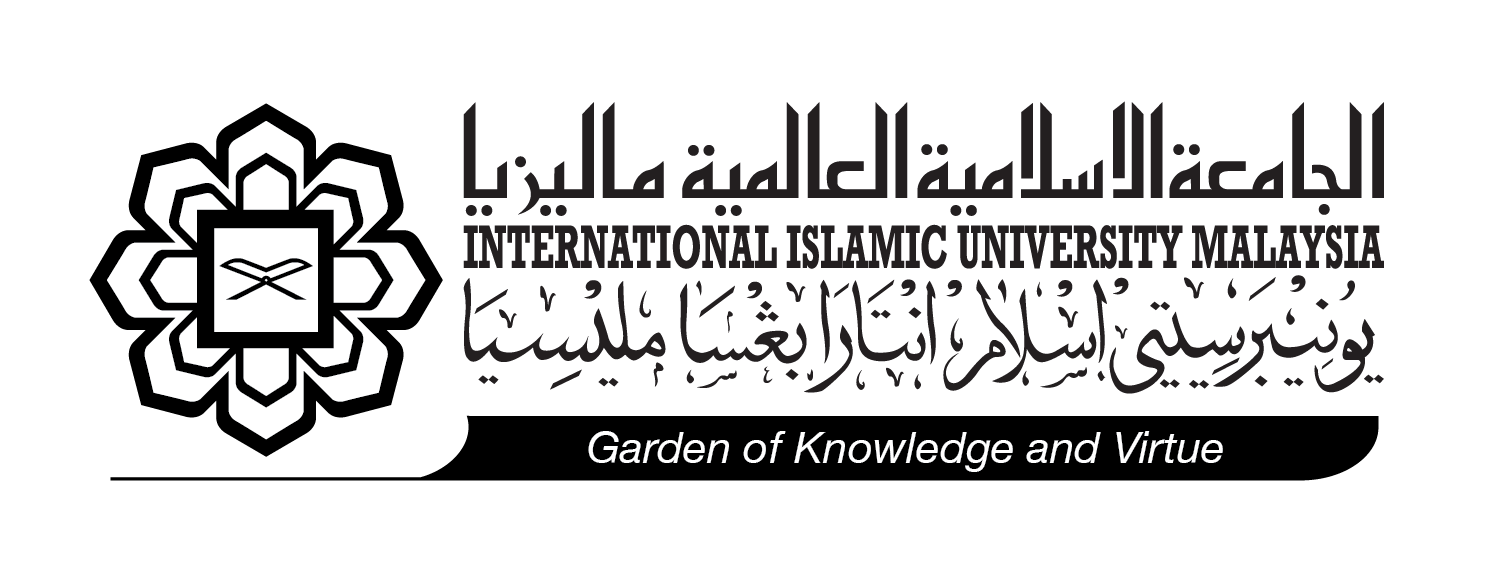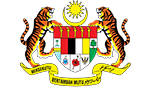Bachelor of Engineering (Mechatronics) (Honours)
Undergraduate
| 1. | Program/MQR No. |
| Bachelor of Engineering (Mechatronics) (Honours) KPT/JPT |
|
2. |
Brief introduction |
| The Department of Mechatronics Engineering at IIUM has a very important mission in promoting education, research and development in this vital area of Engineering. Our department offers the first Mechatronics Engineering program in Malaysia which is fully accredited by the Institute of Engineers Malaysia and the Board of Engineers Malaysia.
The Mechatronics Engineering programme was established in 1994. However, it came into existence as a department in 1998. The Kulliyyah of Engineering is honoured to be the first faculty in Malaysia to have a full-fledged Bachelor of Engineering (Mechatronics) (Honours). Currently, the number of students enrolled into Bachelor of Engineering (Mechatronics) (Honours) Programme has grown to more than 350 and it is one of the most popular programmes among students in the Kulliyyah of Engineering. The department provides an integrated education encompassing electrical, mechanical, control and computer engineering disciplines which enables its graduates to acquire the needed skills in facing the challenges of contemporary industry. The Department of Mechatronics Engineering, established almost 12 years ago, has now grown in strength and stature to serve the industrial needs of Malaysia and the World. This clearly shows that IIUM has the foresight to develop and effectively implement “industry relevant programmes” whose graduates possess highly demanded skills in areas such as robotics, automation, instrumentation and intelligent systems design. |
|
3. |
Program Learning Outcomes (PO) |
| Students graduated from the Kulliyyah of Engineering programmes should have the ability to:
1. Engineering Knowledge (T) – Apply knowledge of mathematics, sciences, engineering fundamentals and an engineering specialization to the solution of complex engineering problems; 2. Problem Analysis (T) Identify, formulate, research relevant literature and analyze complex engineering problems, and reaching substantiated conclusions using first principles of mathematics, natural sciences and engineering sciences; 3. Design/Development of Solutions (A) Design solutions,exhibiting innovativeness, for complex engineering problems and design systems, components or processes that meet specified needs with appropriate consideration for public health and safety, cultural, societal, economical, ethical, environmental and sustainability issues; 4. Investigation (D) – Conduct investigation into complex problems, displaying creativeness, using research-based knowledge, and research methods including design of experiments, analysis and interpretation of data, and synthesis of information to provide valid conclusions; 5. Modern Tool Usage (A & D) – Create, select and apply appropriate techniques, resources, and modern engineering and IT tools, including prediction and modelling, to complex engineering activities, with an understanding of the limitations; 6. The Engineer and Society (ESSE) – Apply reasoning informed by contextual knowledge to assess societal, health, safety, legal and cultural issues and the consequent responsibilities relevant to professional engineering practice and solutions to complex engineering problems; 7. Environment and Sustainability (ESSE) – Understand and evaluate the sustainability and impact of professional engineering work in the solutions of complex engineering problems in societal and environmental contexts; 8. Ethics (ESSE) Apply professional ethics with Islamic values and commit to responsibilities and norms of the professional engineering code of practices; 9. Individual and Team Work (S) - Function effectively as an individual, and as a member or leader in diverse teams and in multi-disciplinary settings; 10. Communication (S) – Communicate effectively on complex engineering activities with the engineering community and with society at large, such as being able to comprehend and write effective reports and design documentation, make effective presentations, and give and receive clear instructions; 11. Project Management and Finance (S) – Demonstrate knowledge and understanding of engineering management and financial principles and apply these to one’s own work, as a member and/or leader in a team, to manage projects in multidisciplinary settings, and identify opportunities of entrepreneurship. 12. Life-Long Learning (S) – Recognize the need for, and have the preparation and ability to engage in independent and life-long learning in the broadest context of technological change | |
|
|
|
4. |
Career Opportunities |
| The career opportunity for Mechatronics Engineering
graduates is limitless especially in the coming upcoming future.
Mechatronics Engineering is a multi-disciplinary field that combines
electronic, mechanical, computer and control skills/ unites the
principles of engineering disciplines like mechanics, electronics, and
computing to generate a simpler, more economical and reliable system.
These multidiciplnary is currently the pinnacle of Industrial 4.0, with
mechatronics engineers working to integrate the multitude of fields and
systems towards a common goal – automation. The job fields that mechatronics engineering graduates commonly enter include robotics, medical and assistive technology, human-machine interaction, manufacturing, unmanned aerial and ground vehicles, industrial control and automation, oil and gas, Semiconductors, manufacturing, and education, automotive, aerospace, food and beverage and education. Graduates of Mechatronics Engineering, IIUM can be found working in various organisations in Malaysia as well as in the world.
|
|
5. |
Program Structure |
| Your studies commence
with the common first year. Completion of the common first year will
develop your foundational skills for engineering while you sample from
the various branches of engineering. In this year you will develop your
skills and knowledge of fundamental engineering through completion of
practical hands-on design-and-build activities. At the conclusion of
first year, after experiencing the fundamentals of each discipline, you
nominate your branch of engineering for further study.
After specialising in the second year you will develop an in-depth
understanding of the knowledge, techniques, tools and resources
appropriate for your branch of engineering, as well as skills and
knowledge of the application of engineering methods required to
conduct, design and manage engineering projects. Flow chart Course Structure |
|
6. |
Duration of Study |
| This is a full time programme that would normally require 4 years (8 semesters) to complete. However, the maximum period allowed for completion of the programme is years (12 semesters). |
Student Affair








